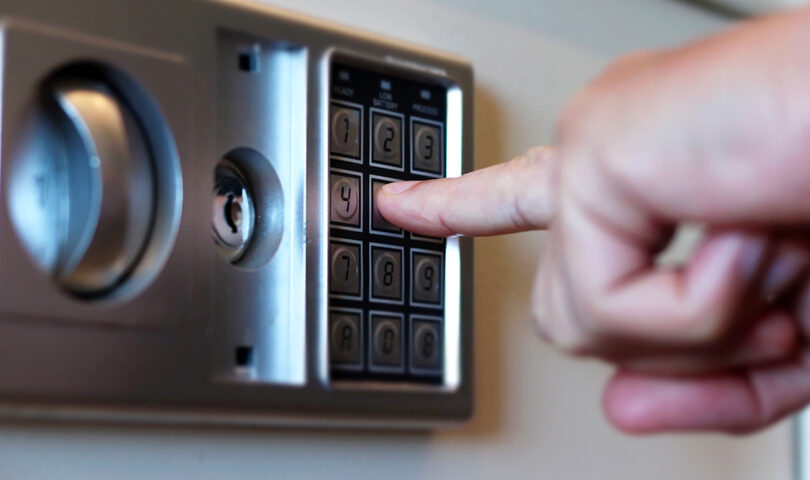At its March 21 meeting, the Ontario College of Pharmacists’ Board of Directors approved updates to the Designated Manager – Medication Procurement and Inventory Management Policy. The approval of this policy means that community pharmacies are required to use time-delayed safes for securing narcotics.
“Pharmacy robberies can negatively impact your business and your pharmacy team’s psychological health,” says Antony Henen, Designated Manager at an independent pharmacy in Markham.
An important tool to help protect pharmacy teams and patients, Henen’s pharmacy uses a time-delayed safe with minimal impact to his pharmacy’s workflow or patient wait times.
“When a patient presents a narcotic or controlled substance prescription, we inform them that we have a time-delayed safe and their medications won’t be ready for at least five minutes,” says Henen. “Because we use that time to process the medication for dispensing, the patient’s wait time isn’t significantly more than it used to be before we had a time-delayed safe.”
Once the passcode is entered to open the time-delayed safe, Henen’s team uses the time to process the prescription on the computer and complete the necessary patient assessment. Once the safe opens, pharmacy staff prepare the prescription for dispensing.
Like Henen, Designated Manager Tracey Stewart hasn’t experienced any disruption to patient care while dispensing medications secured in a time-delayed safe. “There has not been any significant impact on filling prescriptions with the use of a time-delayed safe,” says Stewart from her pharmacy in Iroquois, Ontario.
To support effective workflow, Stewart and her team use an audible timer to help notify staff when the time-delay is up and the safe can be accessed. Once the safe is open, her and her team fill the narcotics that are in the queue, reducing the number of times staff access the safe throughout the day.
Communicating with Patients
While communicating with patients about wait times to fill prescriptions, Henen says they understand that the use of a time-delayed safe is an important measure to help protect pharmacy staff and patients.
“Usually patients don’t mind the wait especially when they know that we use this kind of safe to deter and discourage robberies – they actually support the action,” says Henen.
At Stewart’s pharmacy, because the required time-delay on the safe is shorter than the average fill time, her team has not needed to communicate with patients about any extended wait to fill prescriptions due to the time-delayed safe. “By the time we have entered the prescriptions and completed the therapeutic check, the time-delayed safe is open and we can begin the count.”
Communicating effectively is an obligation under the NAPRA Model Standards of Practice, and pharmacy professionals are to clearly communicate with patients while providing care. This may include responding to questions patients may have about wait times to fulfill their prescription(s).
Proper Use of Time-Delayed Safes
The door of the time-delayed safe must remain closed and locked except when pharmacy team members need to fill prescriptions or to re-stock the safe. Once the drugs are accessed to fill the prescription or added to the safe, the safe door should be closed and locked again.
Further information on time-delayed safes, including FAQs, can be found on the College’s website.
Test Your Knowledge
Use the below educational tool to anonymously test your knowledge of the time-delayed safe mandate.













